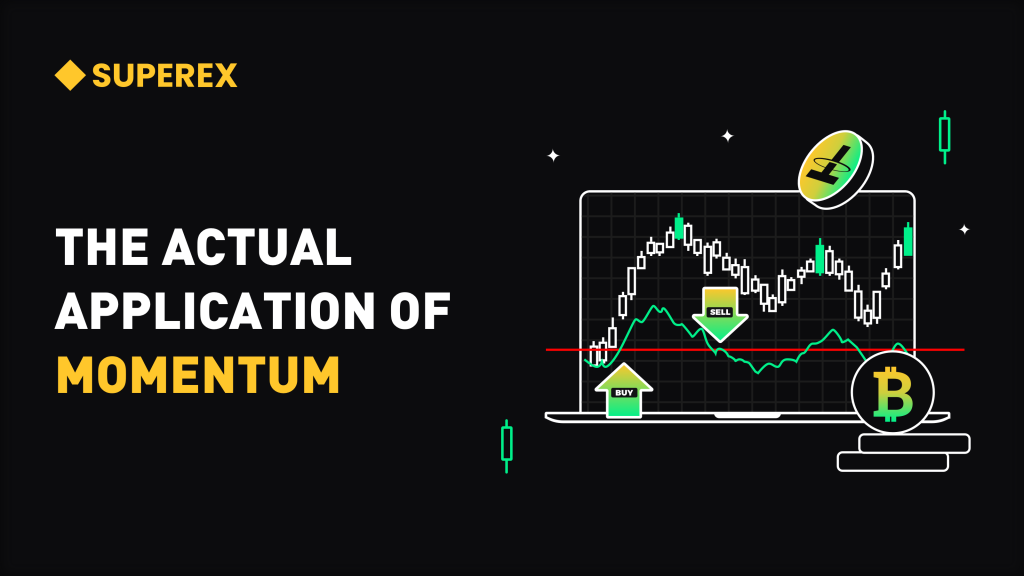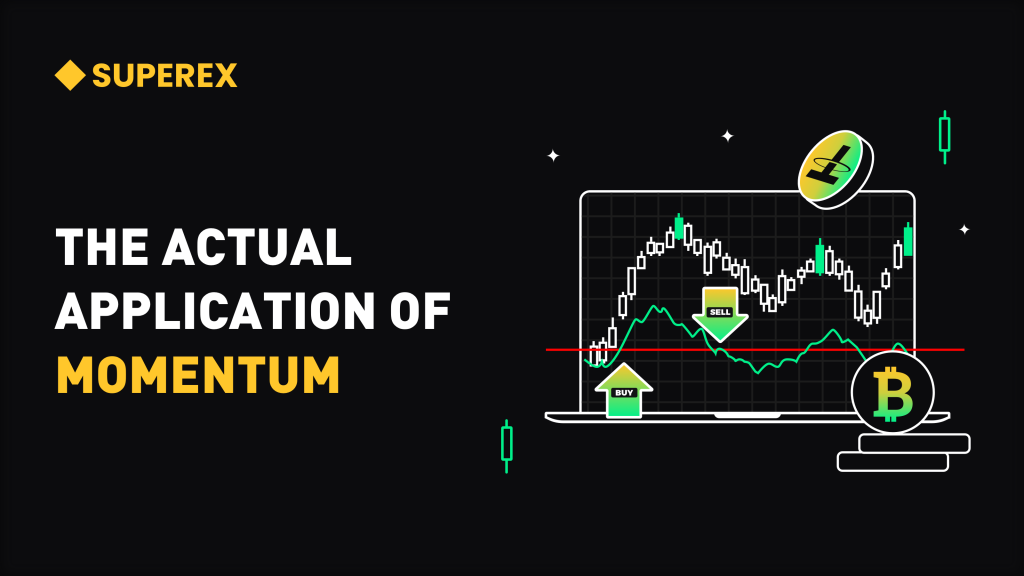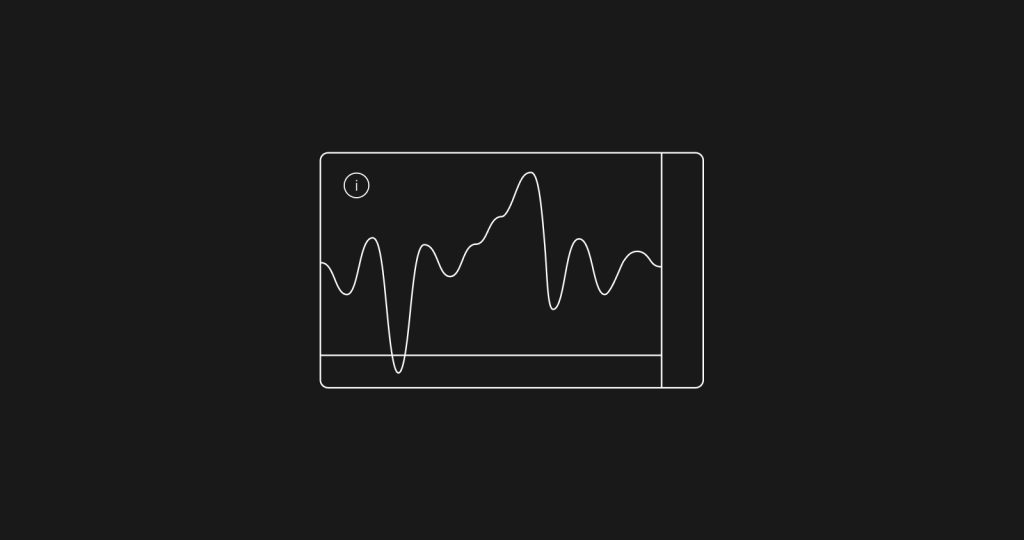LEARN MOMENTUM INDEX IN 3 MINUTES – BLOCKCHAIN 101

Understanding the MOMENTUM Indicator: A Comprehensive Technical Analysis Tool
In the realm of technical analysis, indicators play a crucial role in helping traders make informed decisions. One such indicator that has gained popularity is the MOMENTUM indicator. This article delves into the intricacies of the MOMENTUM indicator, how it functions, its applications, and best practices for its utilization in trading.

What is the MOMENTUM Indicator?
The MOMENTUM indicator is a momentum oscillator that measures the rate of change in a security’s price. Essentially, it quantifies the speed at which price changes occur. Developed by the well-known technical analyst, J. Welles Wilder Jr., the MOMENTUM indicator is designed to identify the strength of price movements, providing traders with valuable insights into potential trend reversals and continuations.
The formula for the MOMENTUM indicator is relatively straightforward:
Momentum = Current Price – Price n Periods Ago
In this formula, “Current Price” refers to the latest price of the asset, and “Price n Periods Ago” represents the price of the asset from a predetermined number of periods in the past. This difference indicates whether the price is moving upwards or downwards.
How to Interpret the MOMENTUM Indicator
The MOMENTUM indicator is typically plotted on a separate chart below the price chart, oscillating above and below a zero line. Here’s how to interpret its movements:
- Positive Momentum: When the MOMENTUM value is above zero, it indicates that the current price is higher than the price from n periods ago, suggesting bullish momentum. Traders may interpret this as a sign to consider buying.
- Negative Momentum: Conversely, when the MOMENTUM value is below zero, it indicates bearish momentum, meaning the current price is lower than the price from n periods ago. This scenario may signal a potential selling opportunity.
- Divergence:One of the key features of the MOMENTUM indicator is its ability to highlight divergences. A bullish divergence occurs when prices make a new low while the MOMENTUM indicator makes a higher low, suggesting a potential reversal to the upside. A bearish divergence happens when prices reach a new high while the MOMENTUM indicator makes a lower high, indicating a possible trend reversal to the downside.
Applications of the MOMENTUM Indicator
The MOMENTUM indicator can be utilized in various ways within a trading strategy. Here are some practical applications:
Trend Confirmation: Traders can use the MOMENTUM indicator to confirm the strength of a prevailing trend. If the momentum is positive during an uptrend, it suggests that the trend is likely to continue. Conversely, negative momentum during a downtrend may confirm the trend’s strength.
Entry and Exit Points: The MOMENTUM indicator can help traders identify optimal entry and exit points. For instance, a trader might look for bullish momentum to initiate a long position and wait for a crossover below zero to close the position or switch to a short position.
Setting Stop Losses: By analyzing the MOMENTUM indicator alongside price movements, traders can determine appropriate stop-loss levels. For example, if momentum starts to decline while prices are rising, it may be wise to tighten stop losses or take profits.
Best Practices for Using the MOMENTUM Indicator
To maximize the effectiveness of the MOMENTUM indicator, traders should consider the following best practices:
Combine with Other Indicators: While the MOMENTUM indicator is a powerful tool, it should not be used in isolation. Combining it with other technical indicators, such as moving averages or the Relative Strength Index (RSI), can provide more comprehensive insights and reduce the likelihood of false signals.
Use Appropriate Timeframes: The effectiveness of the MOMENTUM indicator can vary depending on the timeframe used. Shorter timeframes may generate more signals, but they can also lead to increased noise. Conversely, longer timeframes may provide more reliable signals but with fewer opportunities. Traders should choose a timeframe that aligns with their trading style.
Be Mindful of Market Conditions: Market conditions can significantly impact the performance of the MOMENTUM indicator. In a trending market, momentum indicators may perform well; however, during sideways or choppy market conditions, the MOMENTUM indicator may generate false signals. Traders should consider the broader market context when interpreting momentum signals.
Conclusion
The MOMENTUM indicator is a valuable tool for traders seeking to analyze price movements and identify potential trends. By understanding its mechanics, interpreting its signals, and implementing best practices, traders can enhance their technical analysis and decision-making processes. As with any trading tool, it is essential to practice due diligence, combine indicators, and consider market conditions to achieve the best results. As the financial markets evolve, the MOMENTUM indicator remains a relevant and insightful tool in the trader’s toolkit.
For those interested in incorporating the MOMENTUM indicator into their trading strategies, resources and platforms offering detailed charts and analysis tools can enhance the experience. By leveraging this powerful indicator, traders can navigate the complexities of the market with greater confidence and precision.




-INDEX-IN-3-MINUTES@2x-1024x576-4.png)


Responses